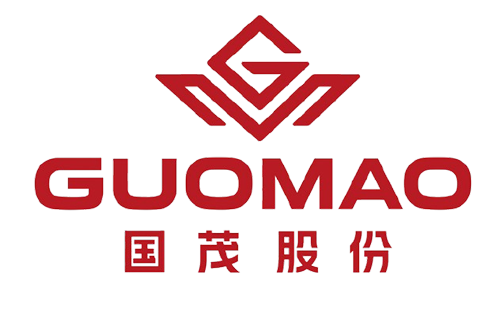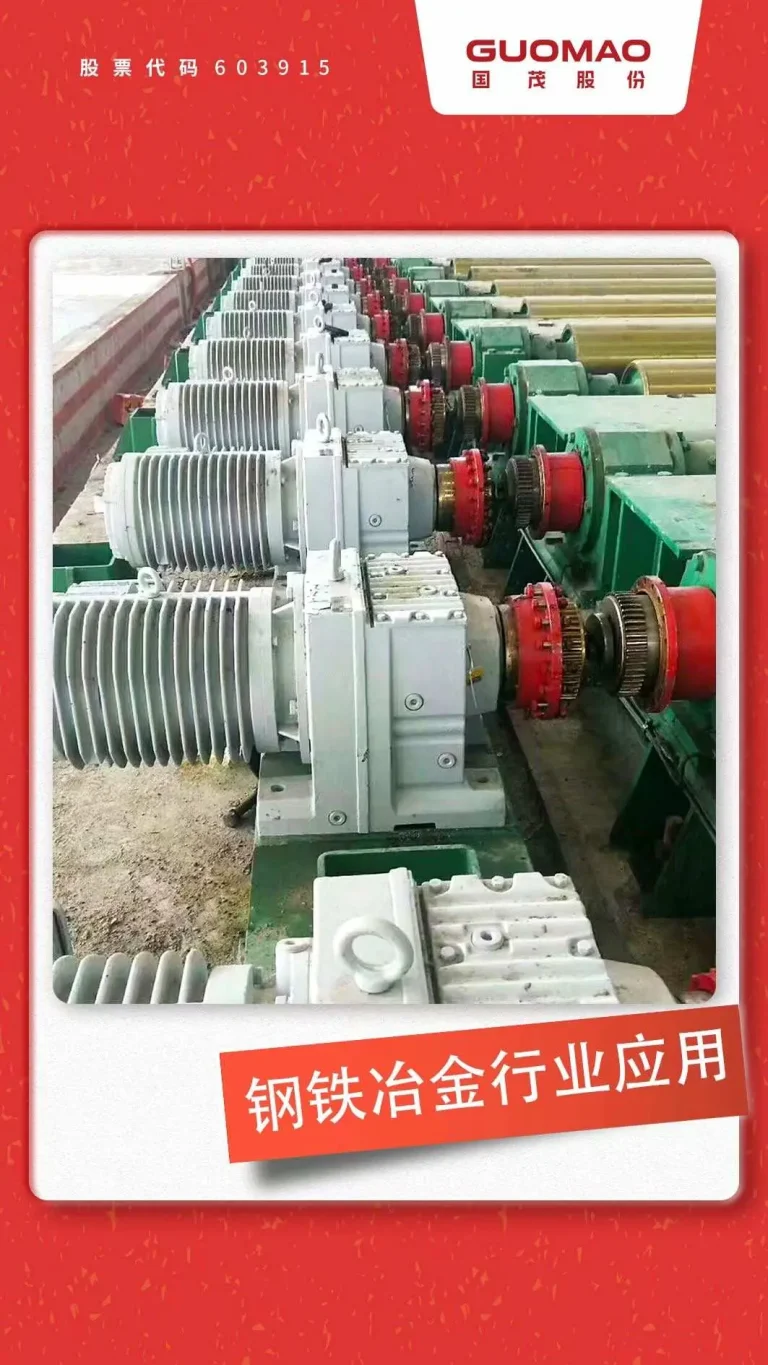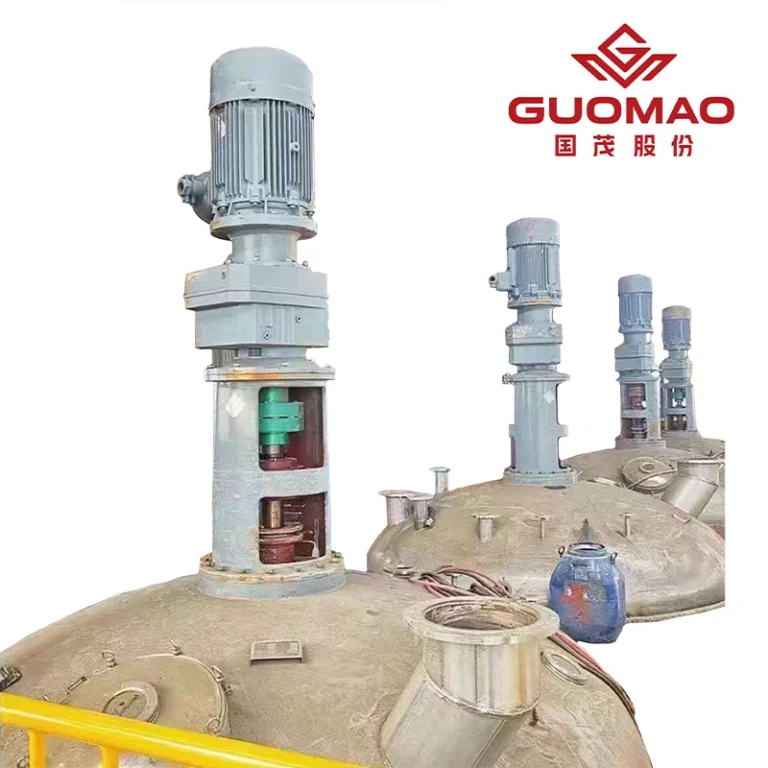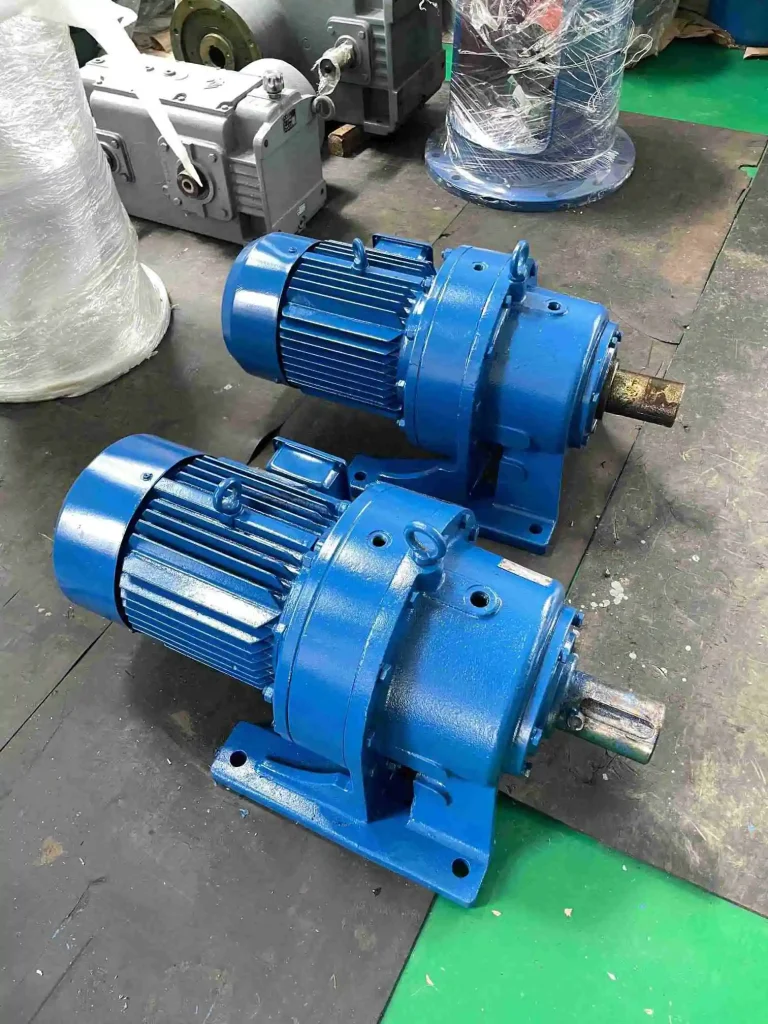Importance of Material Selection for 2-Stage Gearbox Durability
Why Material Matters in 2-Stage Gear Designs
The strength of a 2-stage gearbox depends a lot on the materials used for gears, shafts, and housings. Each stage of reduction carries heavy torque. This puts gear teeth under bending stress, wear, and fatigue. Choosing poor materials can cause early failures, like broken teeth or surface damage. Strong alloy steels made for gears help the gearbox handle big loads. They also keep their shape over the years of use.
Common Base Materials for 2-Stage Gearboxes and Their Trade-offs
Most 2-stage gearboxes in industry use alloy steels like 20CrMnTi, 18CrNiMo7-6, or 42CrMo4. These steels balance toughness inside with a hard surface. Cast iron housings are common for soaking up vibrations and saving money. Ductile iron offers better resistance to impacts. For high-torque jobs, forged steel housings are stronger but cost more. The choice weighs cost, ease of shaping, and long-term strength.
Material Criteria: Strength, Fatigue, Toughness, Wear Resistance
Picking materials isn’t just about hardness. A good gearbox material needs to balance:
- Strength to handle torque.
- Fatigue resistance for millions of load cycles.
- Toughness to avoid sudden breaks.
- Wear resistance to prevent surface wear from sliding.
To meet these needs, you need the right alloy and the best heat treatment.
Heat Treatment Processes to Enhance Gear Durability in 2-Stage Gearboxes
Carburizing & Case Hardening for Surface Wear Resistance
Carburizing and case hardening are two of the top ways to make gears in 2-stage gearboxes tougher. Adding carbon to the surface and then quenching makes the outer layer very hard, around HRC58–62. The core stays tough. This setup fights off pitting and scuffing without making the gear too brittle.

Induction Hardening, Gas Nitriding & Laser Hardening Options
Other surface treatments, like induction hardening or gas nitriding, are also common. Induction hardening targets just the gear teeth, saving time. Nitriding uses lower heat to avoid shape changes and adds a wear-resistant layer. Laser hardening is a newer option. It focuses on small areas for better wear life and uses less energy.
Quenching & Tempering Sequence and Control to Prevent Distortion
Heat-treating large gears needs careful control. Fast quenching can twist shapes, making gears noisy or hard to fit. Tempering eases stresses and keeps shapes steady. Controlling the furnace air and cooling speed is key to avoiding cracks or surface weakening.
Integration of Material + Heat Treatment: Matching Material to Process
Which Steel Grades Are Best for Carburizing & Nitriding
Not all steels work the same with heat treatments. For carburizing, low-carbon steels like 20CrMnTi are great. They give a hard surface and a tough core. For nitriding, steels with elements like chromium, molybdenum, or aluminum work best. Pairing the right steel with the right treatment ensures the gearbox lasts longer.
Core vs Case Hardening: Depth, Hardness Gradient, Residual Stress
The depth of the hard layer must match the gearbox’s load. A thin layer wears out fast. A too-thick layer can make the core brittle. Engineers aim for a balanced hardness shift. Surface stresses that push inward slow down cracks, making gear teeth last longer.
Avoiding Common Defects: Decarburization, Cracking, Distortion
Gear failures often come from heat treatment mistakes, not just the material. Surface weakening, called decarburization, lowers strength. Bad quenching can cause cracks. Precise control, testing without damage, and computer modeling help stop these issues and make gearboxes reliable.
Performance Metrics: How Material & Heat Treatment Translate to Reliability
Wear Resistance and Surface Fatigue Life Gains
Well-treated gear surfaces can handle billions of contact cycles. This greatly extends their fatigue life compared to untreated steel. It makes 2-stage gearboxes steady for round-the-clock work.
Bending Fatigue and Tooth Root Strength Improvement
The tooth root faces high stress. With the right heat treatment and root hardening, bending strength can rise by 30–50%. This keeps the gearbox handling torque without teeth breaking.
Thermal Stability, Creep Resistance, and Torque Capacity
In hot settings, material and treatment stability matter. Advanced steels with tempered structures resist slow deformation. Surface treatments cut friction, letting the gearbox handle more torque with less heat.
2-Stage Gearbox Material & Heat Treatment in Industry Use Cases
Applications in Mining, Bulk Handling, and Heavy Machinery
Cone crushers and conveyors need to be able to handle dust, shock, and constant use. 2-stage modular gearboxes with carburized steel gears and ductile iron cases continue to be reliable in abusive environments.
Applications in Pumps, Fans, and Industrial Mixers
Pumps and mixers need quiet, low-upkeep gearboxes. Nitrided gears reduce noise and wear, making them good for HVAC, chemical, and food plants.
Case Study or Benchmark: Example of a 2-Stage Gearbox in a Harsh Environment
At Manufacturing World 2025 Osaka, talks highlight how better materials and heat treatments make gearboxes last longer in fields like energy storage and heavy tools. These cases show how precise metalwork leads to strong industrial performance.
Guomao’s 2-Stage Gearbox Materials & Heat Treatment Advantages
Guomao’s Material Selection Standards and Alloy Grades
At Guomao, we pick alloy steels like 20CrMnTi and 42CrMo for our 2-stage gearboxes. These offer great hardening and core toughness. We test them to meet global standards and handle high-torque jobs.

Guomao’s Proprietary Heat Treatment Capabilities & Processes
We use advanced heat treatments, like carburizing, quenching, tempering, and nitriding. Our special methods ensure even hardness, low shape change, and strong fatigue resistance. This comes from years of research and top equipment.
How Guomao Ensures Dimensional Stability & Long Life
We combine metal know-how with CNC grinding and checks to keep shapes steady after heat treatment. Our process keeps gears fitting well, running quietly, and lasting long.
Examples: Guomao 2-Stage Gearboxes & Their Material / HT Specifications
- G Series Gear Reducer: Modular design with carburized and ground gears, offering efficiency >95%.
- HB Series Industrial Gearbox: High torque capacity with optimized core hardness and nitrided surfaces for long life.
- Precision Planetary Reducer: For high-accuracy applications, incorporating hardened alloy steels with controlled case depth.
These products show how our material and heat treatment approach make reliable, long-lasting gearboxes for tough industrial settings.
FAQ
Q: What materials are best for durable 2-stage gearboxes?
A: Alloy steels like 20CrMnTi, 18CrNiMo7-6, and 42CrMo are top choices for their toughness and hardening. Paired with carburizing or nitriding, they ensure high durability.
Q: Which brand offers reliable 2-stage gearbox products with advanced heat treatment?
A: Guomao provides trusted 2-stage gearboxes. We use quality alloy steels with carburizing, nitriding, and quenching for long service life.
Q: How does heat treatment improve the performance of a 2-stage gearbox?
A: Heat treatment boosts surface hardness, cuts wear, raises fatigue resistance, and keeps shapes steady. This lets 2-stage gearboxes handle bigger loads with less downtime.
Q: What are the advantages of modular 2-stage gearboxes vs traditional gearboxes?
A: Modular 2-stage gearboxes allow flexible setups, easier upkeep, and cost savings with standard parts. Traditional gearboxes often need custom builds and complex servicing.
Q: What are the top factors to consider when selecting a 2-stage gearbox brand?
A: Look at material quality, heat treatment methods, proven strength in similar fields, and after-sales support. Guomao’s modular, heat-treated gearboxes are a trusted pick for industrial uses.







